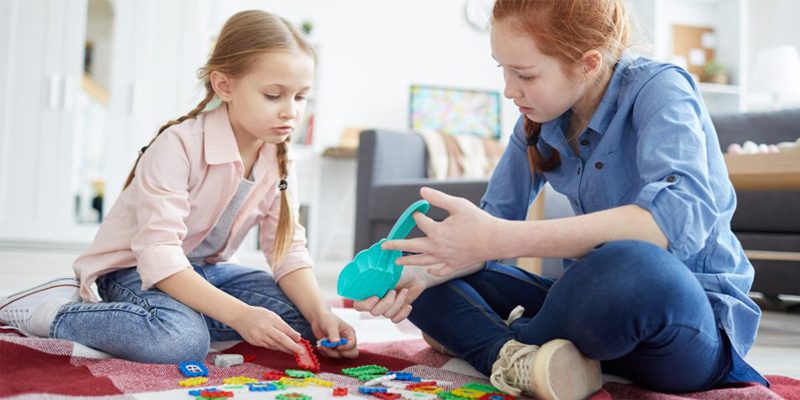Creating a safe environment for your child is essential to prevent accidents and injuries. Here are some tips on childproofing your home to make it safer for your child:
- Install Safety Gates
Place safety gates at the top and bottom of staircases and in doorways to prevent your child from accessing potentially hazardous areas.
- Secure Furniture
Anchor heavy furniture, such as bookshelves and TVs, to the wall to prevent tipping or falling onto your child. Use furniture straps or brackets for this purpose.
- Cover Electrical Outlets
Insert outlet covers or safety plugs into all accessible electrical outlets to prevent your child from inserting objects or their fingers into them.
- Use Cord Safety Devices
Keep blind cords, curtain cords, and other window covering cords out of your child’s reach by using cord safety devices or tying them up high.
- Lock Cabinets and Drawers
Use childproof locks or latches on cabinets and drawers within your child’s reach, especially those containing hazardous substances, sharp objects, or cleaning products.
- Keep Medications and Cleaning Products Secure
Store medications, cleaning products, and other hazardous substances in locked cabinets or high shelves, out of your child’s sight and reach.
- Install Window Guards and Stops
Install window guards or window stops to prevent your child from falling out of open windows. Make sure windows are not accessible to children.
- Cover Sharp Corners and Edges
Use corner guards or edge bumpers on furniture with sharp corners and edges to reduce the risk of injury if your child bumps into them.
- Install Door Stoppers
Use door stoppers or door holders to prevent doors from slamming on your child’s fingers.
- Place Safety Covers on Appliances
Place safety covers on electrical outlets, stove knobs, and oven doors to prevent accidental burns or electrocution.
- Keep Small Objects Out of Reach
Keep small objects, such as coins, batteries, and small toys, out of your child’s reach to prevent choking hazards.
- Lock Toilets and Bathroom Doors
Use toilet locks and keep bathroom doors closed to prevent your child from accessing toilets, water sources, and hazardous substances.
- Remove or Secure Hazardous Items
Remove or secure items that pose a potential danger to your child, such as sharp objects, breakable items, heavy decorative pieces, or choking hazards.
- Monitor Water Temperature
Set your water heater temperature to a safe level to avoid scalding burns. Always test the water temperature before your child gets in the bath or shower.
- Supervise and Educate
Continuously supervise your child, especially in potentially dangerous areas. Educate them about potential hazards and teach them safety rules.



